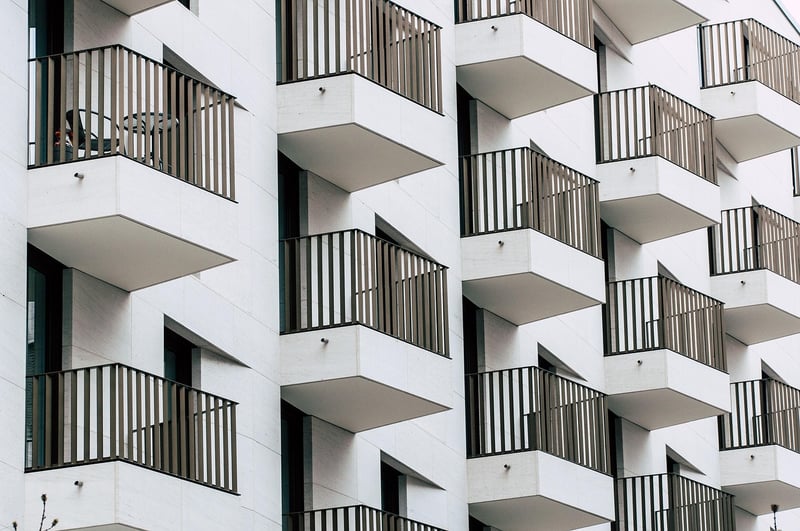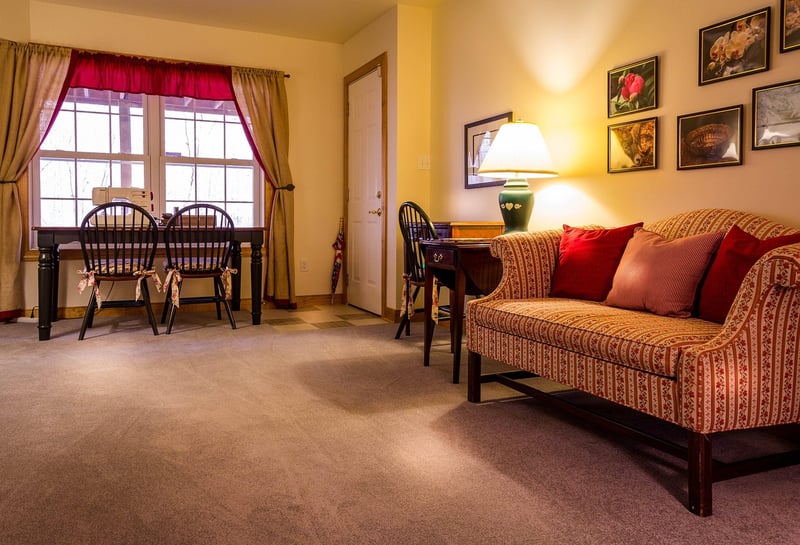Home Accents
Eco-Friendly Home Design Elements + Home Accents
Welcome to our guide on creating a sustainable and stylish home environment! Incorporating eco-friendly design elements and home accents not only reduces your carbon footprint but also adds a touch of natural beauty to your living space. Let's explore some key elements that can help you achieve an eco-friendly home design.
1. Sustainable Furniture
Opt for furniture made from reclaimed or sustainably sourced materials such as bamboo, reclaimed wood, or recycled metal. These pieces not only look beautiful but also help conserve natural resources and reduce waste. Choose furniture with non-toxic finishes to ensure a healthy indoor environment.
2. Energy-Efficient Lighting
Switch to energy-efficient LED light bulbs and fixtures to reduce electricity consumption. Consider installing smart lighting systems that can be controlled remotely to further optimize energy usage. Natural light is also a great way to brighten up your home, so maximize daylight by strategically placing windows and skylights.
3. Indoor Plants
Bring the outdoors in by adding indoor plants to your home decor. Plants not only improve air quality but also add a refreshing touch of greenery to your space. Choose low-maintenance plants such as succulents or snake plants if you're new to gardening.
4. Eco-Friendly Fabrics
When selecting textiles for your home, opt for organic cotton, linen, or hemp fabrics. These materials are produced using sustainable practices and are free from harmful chemicals. Incorporate eco-friendly textiles in your bedding, curtains, and upholstery for a cozy and environmentally conscious home.
5. Recycled Accents
Add character to your home with accents made from recycled materials. Look for decorative items such as vases, sculptures, or wall art crafted from recycled glass, metal, or paper. Not only do these accents add a unique flair to your decor, but they also promote the concept of upcycling.
6. Water-Saving Fixtures
Install water-saving fixtures in your kitchen and bathroom to conserve water. Choose low-flow faucets, showerheads, and toilets to reduce water wastage without compromising on performance. Collecting rainwater for outdoor use is another eco-friendly practice that can help reduce your water consumption.
7. Vintage and Second-Hand Finds
Explore thrift stores, antique shops, and online marketplaces for vintage and second-hand home decor pieces. Repurposing pre-loved items not only adds a unique charm to your home but also contributes to reducing the demand for new products. Embrace the beauty of vintage finds in your eco-friendly home design.
By incorporating these eco-friendly design elements and home accents into your living space, you can create a sustainable and stylish environment that reflects your commitment to a greener lifestyle. Let's take a step towards a more eco-conscious home!

For more inspiration and ideas on eco-friendly home design, check out Green Matters.
